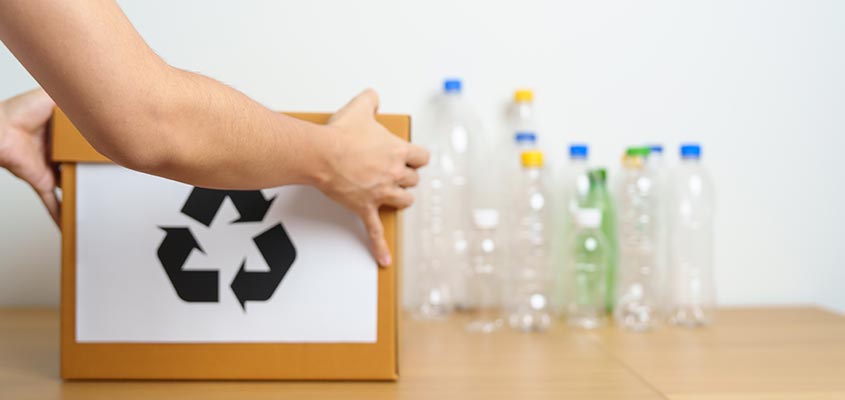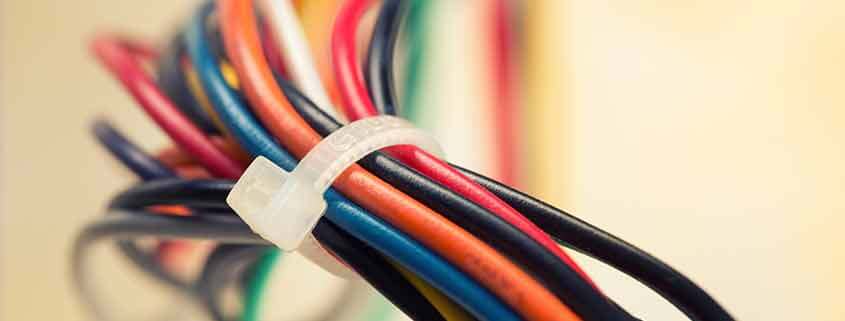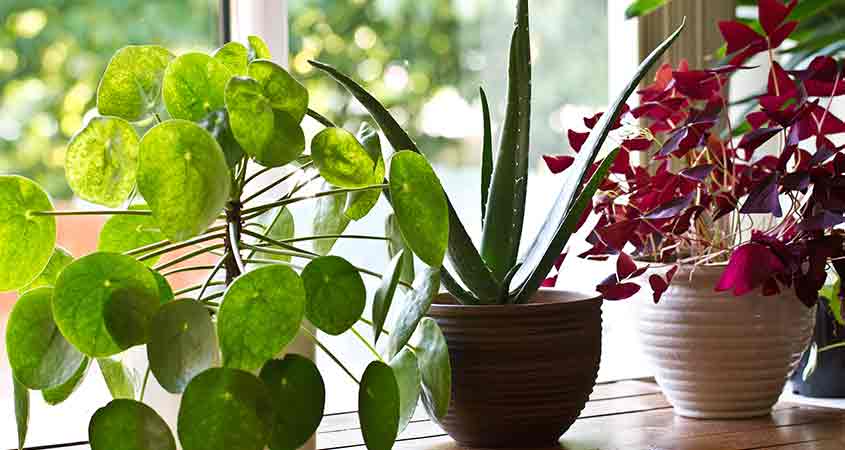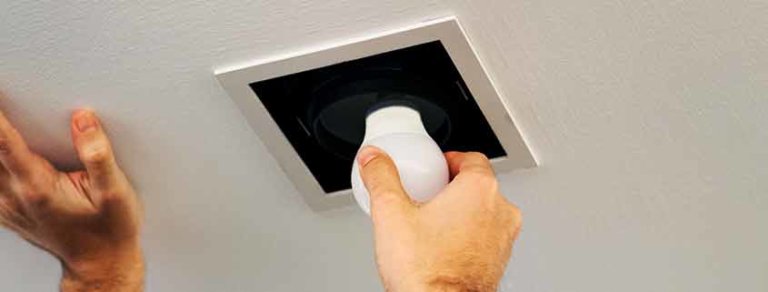HOW TO REDUCE PLASTICS AT HOME
Rubbish bags in the mountains, fish trapped in soft drink washers, microplastics in the sea that sooner or later end up in our bodies; but what about in our homes, how many plastics are there?

HEALTH EFFECTS
Reducing plastic consumption is not only an ecological measure. Plastics contain a long list of volatile toxic substances that invisibly affect the weakest people.
In addition, electrostatic often accompanies synthetic materials. It promotes the appearance in some people of electrosensitivity symptoms and is especially critical for allergy sufferers, as dust (PM25) tends to rise, especially the finer particles.
AVOID PLASTICS
To mitigate the effects of plastics, we recommend the following:
On a day-to-day basis
- Buying in bulk or products packaged in carton or glass.
- Use reusable bags.
- Use wooden or metal utensils, such as cutlery and coat hangers.
- Drinking tap water.
- Natural cosmetics, elaborated with organic or mineral elements.
- Wooden or fabric toys.
- And what’s more, selective collection and recycling!
In the home
- Mineral, lime or silicate paints.
- Cork and untreated wood coverings.
- Cotton carpets and curtains.
- Natural floors, such as ceramic tiles or wood parquet.
- And above all, ventilate the rooms!

PERMISSIBLE PLASTICS
It is the use we humans make of breakthroughs that makes a discovery positive or negative. Einstein was not thinking of the atomic bomb when he was researching radioactivity and, while awaiting a less invasive solution, we must recognize that radiotherapy has saved many lives.
Plastics are part of housing construction and many of them, if they were to become biodegradable, would lose the utility for which they were intended. This is the case of pipes and electrical cables. Whenever possible, we can opt for polyethylene, one of the few plastics used in bioconstruction and which does not emit toxic substances when incinerated.
Solid wood furniture is more durable, but at the time of purchase it is more expensive than chipboard, which is full of glues (plastics). If the latter are to be chosen, it is possible to contain these toxic substances by covering the entire surface preferably with mineral paints (also on the back) and installing plugs in all holes.

A MATTER OF IONS
Apart from the passionate love attractions between polar opposites, we must pay attention to the environment around us. In nature, the ratio of positive and negative ions is balanced.
In contrast, in an interior with plastics, the negative ions in the air (such as the OH- ion in water) are reduced and the environment is perceived as artificial.
To achieve a balance of positive and negative ions we must ventilate all rooms, avoid low humidity with the help of plants, and reduce the presence of plastics.
And to those who feel that when they go out to the countryside they “charge their batteries”, they are right: stepping on the earth, walking on the sand and enjoying the woods, allows them to be in contact with a balanced electrostatic between negative and positive ions.





